Kingdom Plantae Family Araliaceae Tribe Aralieae Higher classification Aralioideae | Order Apiales Subfamily Aralioideae Scientific name Panax Rank Genus | |
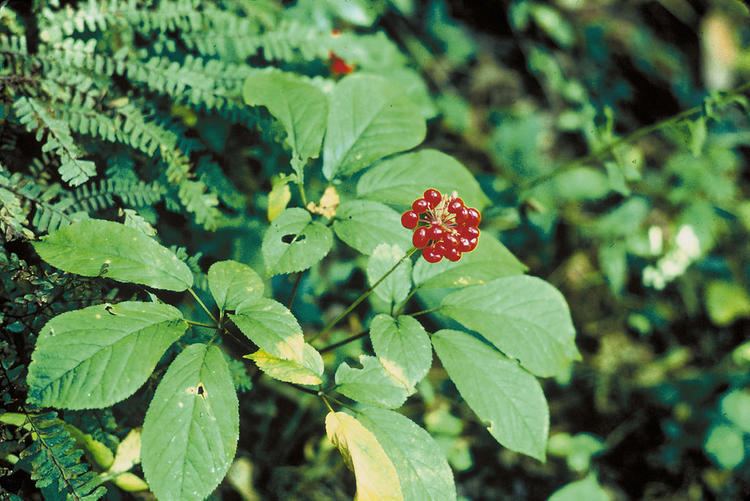 | ||
Lower classifications Asian Ginseng, American ginseng, Panax notoginseng, Panax pseudoginseng, Panax vietnamensis Similar Maidenhair tree, Guarana, Ginger, Siberian Ginseng, American ginseng | ||
How to find wild ginseng plants and how to idendify them
Ginseng (/ˈdʒɪnsɛŋ/) is any one of the 11 species of slow-growing perennial plants with fleshy roots, belonging to the genus Panax of the family Araliaceae.
Contents
- How to find wild ginseng plants and how to idendify them
- North korean city takes pride in ginseng plant
- Etymology
- History
- Uses
- Safety
- Overdose
- Asian ginseng root
- Red ginseng
- Fresh ginseng
- White ginseng
- Wild ginseng
- Pquinquefolius American ginseng root
- Other plants sometimes called ginseng
- References
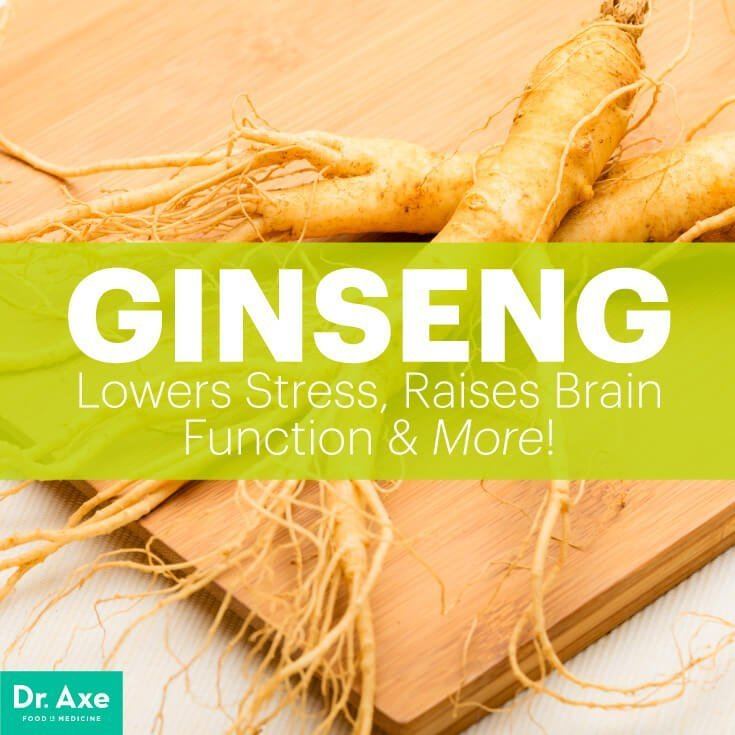
Ginseng is found in North America and in eastern Asia (mostly northeast China, Korea, Bhutan, eastern Siberia), typically in cooler climates. Panax vietnamensis, discovered in Vietnam, is the southernmost ginseng known. This article focuses on the species of the series Panax, called Panax ginseng and P. quinquefolius. Ginseng is characterized by the presence of ginsenosides and gintonin.
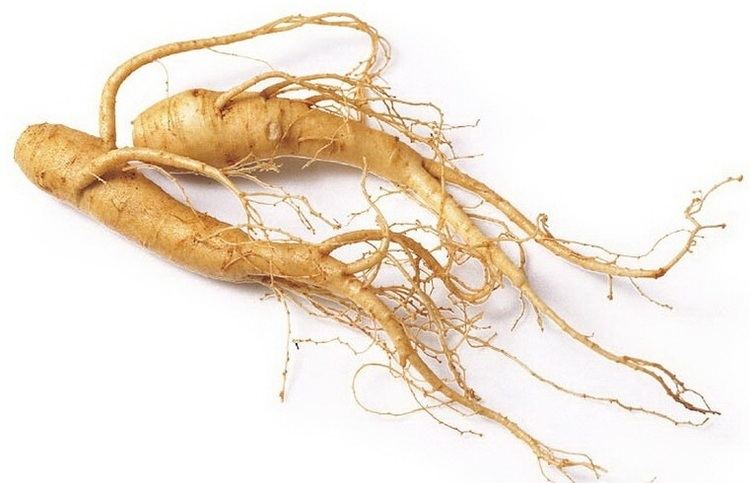
Siberian ginseng (Eleutherococcus senticosus) is in the same family, but not genus, as true ginseng. The active compounds in Siberian ginseng are eleutherosides, not ginsenosides. Instead of a fleshy root, Siberian ginseng has a woody root.

Over centuries, ginseng has been used in Chinese traditional medicine. There is no clear evidence from modern research that it has any health benefits.

North korean city takes pride in ginseng plant
Etymology
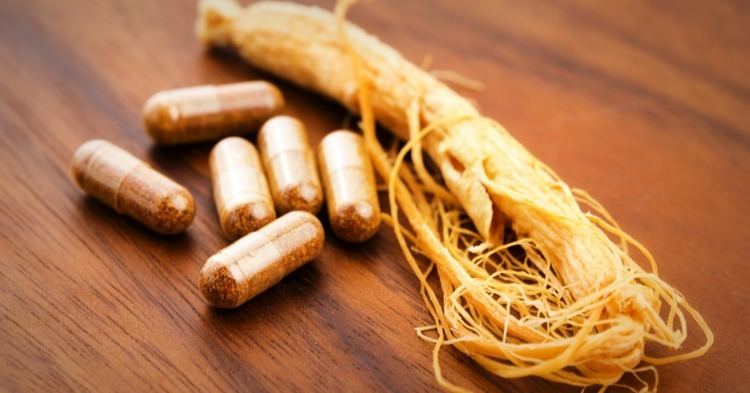
The English word ginseng derives from the Chinese term rénshēn. Rén means "Person" and shēn means "plant root"; this refers to the root's characteristic forked shape, which resembles the legs of a person. The English pronunciation derives from a southern Chinese reading, similar to Cantonese yun sum (Jyutping) and the Hokkien pronunciation "jîn-sim".
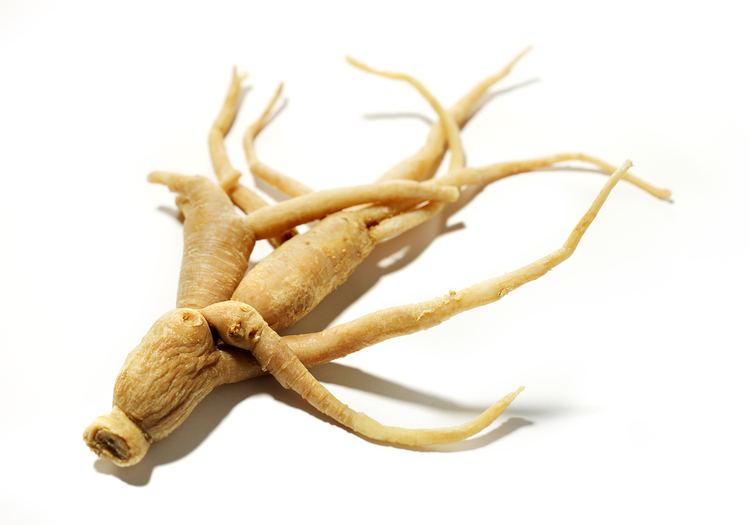
The botanical genus name Panax, meaning "all-healing" in Greek, shares the same origin as "panacea" and was applied to this genus because Linnaeus was aware of its wide use in Chinese medicine as a muscle relaxant.

Besides P. ginseng, many other plants are also known as or mistaken for the ginseng root. The most commonly known examples are xiyangshen, also known as American ginseng (P. quinquefolius), Japanese ginseng (P. japonicus), crown prince ginseng (Pseudostellaria heterophylla), and Siberian ginseng (Eleutherococcus senticosus). Although all have the name "ginseng", each plant has distinctly different functions. True ginseng plants belong only to the Panax genus.
History
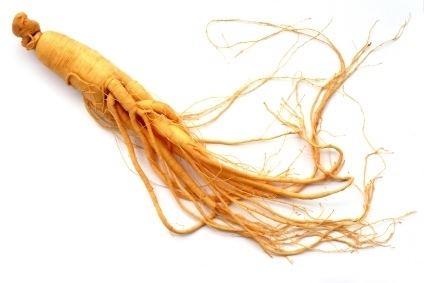
Control over ginseng fields in China and Korea became an issue in the 16th century. By the 1900s, due to the demand for ginseng having outstripped the available wild supply, Korea began the commercial cultivation of ginseng which continues to this day. In 2010, nearly all of the world's 80,000 tons of ginseng in international commerce was produced in four countries: China, South Korea, Canada, and the United States.
Uses

Although ginseng has been used in traditional medicine for centuries, there is only preliminary evidence to date from high-quality human research that it has any biological effects. Among potential effects are improved memory, reduced fatigue, reduced symptoms of menopause and reduced insulin response in people with mild diabetes, but the design and quality of these studies were questionable. Higher quality clinical trials were recommended before conclusions about any effect of using ginseng are possible.
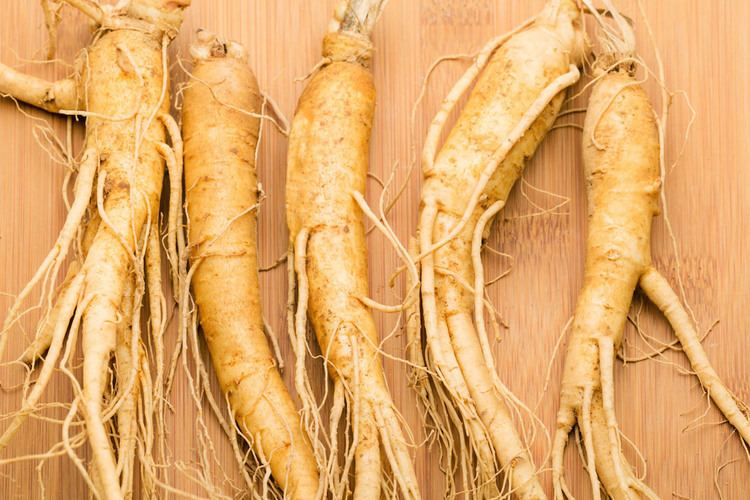
Commercial ginseng is sold in over 35 countries with sales exceeding $2 billion, of which half came from South Korea in 2013. China has historically been the plant's largest consumer. The root is most often available in dried form, either whole or sliced. Ginseng leaf, although not as highly prized, is sometimes also used. In Korea, ginseng-infused tea and liquor, each called insamcha (lit. "ginseng tea") and insamju ("ginseng liquor") is consumed.
Ginseng may be found in small amounts in energy drinks or herbal teas or sold as a dietary supplement. Ginsenosides, unique phytochemicals of the Panax species, are being studied for their potential biological properties.
Safety
Ginseng generally has a good safety profile and the incidence of adverse effects seems to be low when used over the short-term.
There are concerns when ginseng is used chronically, potentially causing side effects such as headaches, insomnia, and digestive problems. The risk of interactions between ginseng and prescribed medications is believed to be low, but ginseng may have adverse effects when used with the blood thinner, warfarin. Ginseng has been shown to have adverse drug reactions with phenelzine. A potential interaction has also been reported with imatinib, resulting in hepatotoxicity, and with lamotrigine.
Overdose
The common ginsengs (P. ginseng and P. quinquefolia) are generally considered to be relatively safe even in large amounts. One of the most common and characteristic symptoms of acute overdose of Panax ginseng is bleeding. Symptoms of mild overdose may include dry mouth and lips, excitation, fidgeting, irritability, tremor, palpitations, blurred vision, headache, insomnia, increased body temperature, increased blood pressure, edema, decreased appetite, dizziness, itching, eczema, early morning diarrhea, bleeding, and fatigue.
Symptoms of gross overdose with Panax ginseng may include nausea, vomiting, irritability, restlessness, urinary and bowel incontinence, fever, increased blood pressure, increased respiration, decreased sensitivity and reaction to light, decreased heart rate, cyanotic (blue) facial complexion, red facial complexion, seizures, convulsions, and delirium.
Asian ginseng (root)
Panax ginseng is available commercially as fresh, red, and white ginsengs; wild ginseng is used where available.
Red ginseng
Red ginseng (traditional Chinese: 紅蔘; simplified Chinese: 红参; pinyin: hóng shēn; Hangul: 홍삼; Hanja: 紅蔘; RR: hong-sam), P. ginseng, has been peeled, heated through steaming at standard boiling temperatures of 100 °C (212 °F), and then dried or sun-dried. It is frequently marinated in an herbal brew which results in the root becoming extremely brittle.
Fresh ginseng
Fresh ginseng is the raw product. Its use is limited by availability.
White ginseng
White ginseng, native to America, is fresh ginseng which has been dried without being heated. It is peeled and dried to reduce the water content to 12% or less. White ginseng air-dried in the sun may contain less of the therapeutic constituents. It is thought by some that enzymes contained in the root break down these constituents in the process of drying. Drying in the sun bleaches the root to a yellowish-white color.
Wild ginseng
Wild ginseng grows naturally and is harvested from wherever it is found. It is relatively rare, and even increasingly endangered, due in large part to high demand for the product in recent years, which has led to the wild plants being sought out and harvested faster than new ones can grow (it requires years for a root to reach maturity). Wild ginseng can be either Asian or American, and can be processed to be red ginseng.
Woods-grown American ginseng programs in Vermont, Maine, Tennessee, Virginia, North Carolina, Colorado, West Virginia and Kentucky, have been encouraging the planting of ginseng both to restore natural habitats and to remove pressure from any remaining wild ginseng.
Partially germinated ginseng seeds harvested the previous Fall can be planted from early Spring until late Fall, and will sprout the following Spring. If planted in a wild setting and left to their own devices, they will develop into mature plants which cannot be distinguished from native wild plants. Both Asian and American partially germinated ginseng seeds can be bought from May through December on various eBay sales. Some seed sales come with planting and growing instructions.
P. quinquefolius American ginseng (root)
Originally, American ginseng was imported into China via subtropical Guangzhou, the seaport next to Hong Kong, so Chinese doctors believed American ginseng must be good for yang, because it came from a hot area. They did not know, however, that American ginseng can only grow in temperate regions. Nonetheless, the root is legitimately classified as more yin because it generates fluids.
Most North American ginseng is produced in the Canadian provinces of Ontario and British Columbia and the American state of Wisconsin.
The aromatic root resembles a small parsnip that forks as it matures. The plant grows 6″ to 18″ tall, usually bearing three leaves, each with three to five leaflets two to five inches long.
Other plants sometimes called ginseng
Several other plants are sometimes referred to as ginsengs, but they are either from a different family or genus.
